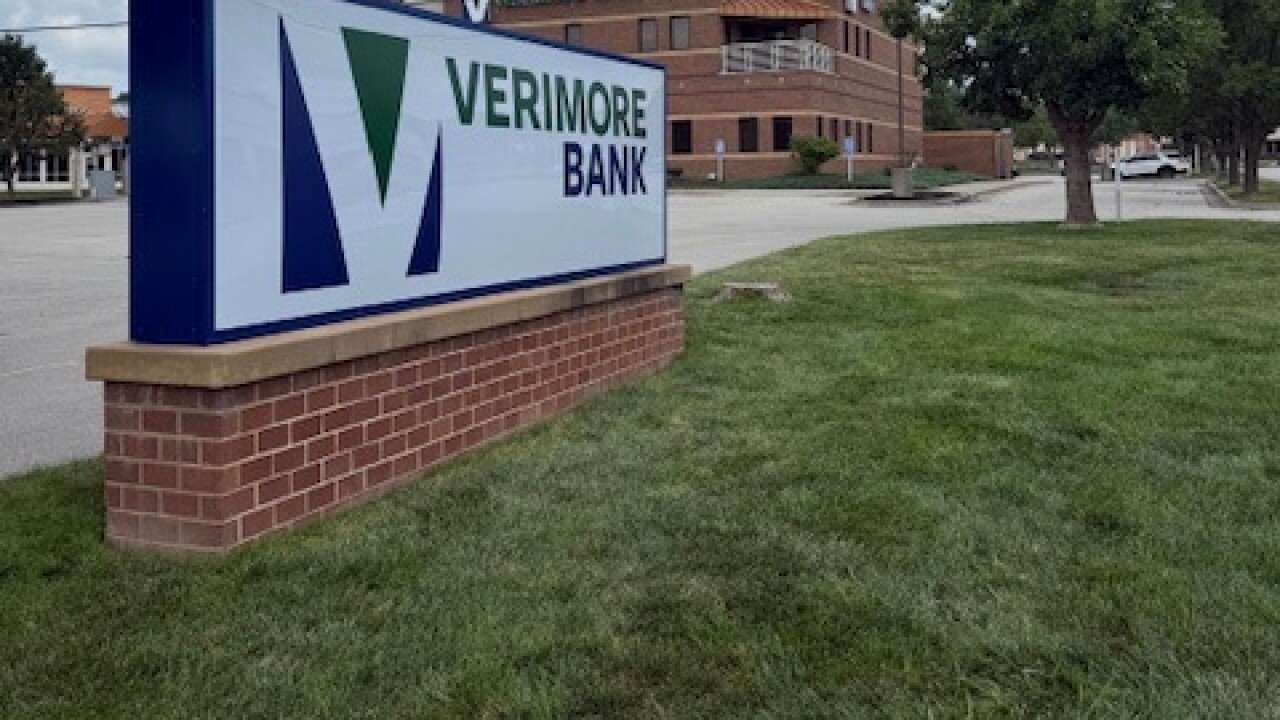CheckFree Corp.'s walk-in bill-payment business is looking less like what some called an attempt to increase its biller relationships and more like a key revenue generator.
The Atlanta bill-pay giant reported this week that revenues for its fiscal 2005 first quarter, which ended Sept. 30, rose 25%, to $177.8 million. That led to a net profit of $6.2 million after a loss of $6.7 million a year earlier.
Revenue from processing payment transactions, which many say is CheckFree's core business, rose only 3% from the three months that ended June 30, to $99.1 million. Transaction volume rose 8%, to 134 million, quarter to quarter, but per-transaction revenue fell 5%, to 74 cents.
David Mangum, CheckFree's chief financial officer, said during a Monday-night conference call with analysts that much of the growth came from the payment services unit. The unit's revenue rose 117% quarter to quarter, to $30.5 million - thanks largely, Mr. Mangum said, to American Payments Systems Inc., the walk-in bill payment company that CheckFree bought in June. (The payment services unit also includes the electronic bill delivery operation.)
CheckFree and many industry observers have said that electronic presentment of bills is crucial to consumer adoption of online bill-pay. It reported that the unit delivered 14% more e-bills, 29.6 million, in the just-ended quarter than in the June period.
The results for the last quarter of fiscal '04 included just eight days of APS earnings. In the first quarter of fiscal '05, CheckFree had "better-than-expected transaction volume and associated revenue" from walk-in bill payment operations, it said.
"We wanted to make sure they got off to a good start. They did just that," Mr. Mangum said of APS on the conference call.
Beth Robertson, a senior analyst at MasterCard International's TowerGroup Inc. research unit in Needham, Mass., said that APS allows CheckFree to reach "a larger scope of consumers."
In the three months that ended Sept. 30, CheckFree's first full quarter since buying American Payment Systems, CheckFree did little to support the unit. CheckFree's technology provides the guts of many banks' Internet bill payment systems, but primarily serves customers with bank accounts. In contrast, APS serves the unbanked market by accepting cash payments in person.
Some analysts said at first that the chief benefit of the acquisition for CheckFree, which already had an extensive list of companies to which it could route online bill payments, would be APS' biller relationships. Now it stands to get more from APS, which announced an agreement last Thursday with Cyphermint Inc.
Cyphermint, of Marlborough, Mass., has software that lets bill-payment kiosks in supermarkets, convenience stores, and other retail locations accept cash payments for billers; one customer is 7-Eleven Inc., which has about 1,000 Vcom machines. The agreement will let Cyphermint's software route payments to APS biller clients, and will extend APS' reach.
Sean Feeney, an executive vice president with CheckFree, said his company cannot fully serve its biller customers without offering an extensive walk-in service, and that it plans to devote resources from its online service to expanding its walk-in capabilities.
Until June, CheckFree lacked a product to support billers' "most labor-intensive and expensive part of growing revenue, which is the walk-in bill payment," Mr. Feeney said. "We are actively looking at how we can bring the network of billers that CheckFree has to all of our 10,000" APS locations.
He would not say whether CheckFree plans to buy more walk-in companies.
It was also announced last week that APS, of Wallingford, Conn., would extend a marketing agreement with BillMatrix Corp., which supports last-minute bill payments through the Internet and telephone. CheckFree's system processes bill payments that are scheduled online in advance of their due date. BillMatrix, of Dallas, provides same-day online or phone payments, for a fee. Under the agreement, BillMatrix will refer billers to CheckFree, and vice versa.
Ms. Robertson said that the BillMatrix service complements CheckFree's because "it's bringing some new functionality into the fold." CheckFree recently shortened the time it takes for online payments to reach billers, but some consumers insist on same-day payment.
"For a lot of people," Ms. Robertson said, $15, which is at the high end of the range of fees consumers pay through BillMatrix, "is a lot better than getting slapped with that $25 flat fee plus interest charges" that consumers may get for a late credit card payment.
Likewise, "APS has systems established to provide direct feeds" to billers, Ms. Robertson said. Since CheckFree is always looking for ways to get consumer payments to its biller clients faster, Ms. Robertson said, it will probably adapt APS' feeds for the online payment field.
"We are looking at how we can utilize the best of the APS network with the best of the CheckFree network," Mr. Feeney said. But "it's too early in the process to say which parts of which network we'll use."





